Berries are a nutritional powerhouse renowned for their delicious taste and health benefits, particularly in blood sugar management. With their low glycemic index (GI), berries offer a favorable option for individuals aiming to maintain stable blood glucose levels. Their low GI rating means they cause a gradual and modest increase in blood sugar levels after consumption, attributed to their high fiber content and relatively low carbohydrate load. Rich in dietary fiber, berries slow down the digestion and absorption of carbohydrates, preventing rapid spikes in blood sugar. Additionally, berries are packed with antioxidants like flavonoids and polyphenols, which combat inflammation and oxidative stress, further supporting glycemic control. Despite their low calorie and carbohydrate content, berries are nutrient-dense, offering essential vitamins, minerals, and phytonutrients that contribute to overall health and well-being. Incorporating a variety of berries into the diet, whether fresh, frozen provides a delicious and nutritious way to support blood sugar management and promote optimal health.
Table of Contents
What Are Berries?
Berries are a type of fruit characterized by their small size, round shape, and often vibrant colors. They are typically juicy and sweet, although some varieties can be tart or sour. Botanically, berries develop from a single ovary and contain seeds embedded in the flesh. While many fruits are commonly referred to as berries colloquially, in botanical terms, true berries include fruits like strawberries, blueberries, raspberries, and blackberries. Other fruits commonly considered berries include cranberries, currants, grapes, and cherries. Berries are prized for their delicious flavor, vibrant colors, and numerous health benefits due to their rich content of vitamins, minerals, antioxidants, and fiber. They are versatile ingredients used in various culinary applications, including desserts, smoothies, salads, jams, and baked goods.
Are All Berries Low In Glycaemic Index?
While many berries have a low glycemic index (GI), it's essential to note that not all berries are created equal in terms of their impact on blood sugar levels. Generally, berries are considered low-glycemic foods due to their relatively low carbohydrate content and high fiber content, which slows down the absorption of sugars into the bloodstream. However, the specific GI value may vary slightly among different types of berries.
Among commonly consumed berries, strawberries, raspberries, and blackberries tend to have lower GI values compared to fruits like watermelon and pineapple, which have higher GI values. Blueberries also have a relatively low GI but may vary depending on ripeness and variety.
Overall, incorporating a variety of berries into your diet can be a beneficial strategy for managing blood sugar levels, as they provide essential nutrients, antioxidants, and fiber while offering a sweet and satisfying flavor. However, it's essential to consider portion sizes and overall carbohydrate intake, especially for individuals with diabetes or those aiming to manage their blood sugar levels effectively.
Berries To Manage Blood Sugar Levels:
Here's how berries, with their low GI, can be beneficial for blood sugar control:
- Low Glycemic Index (GI): Berries have a low glycemic index, meaning they cause a gradual and modest increase in blood sugar levels when consumed. This is due to their high fiber content and relatively low carbohydrate content. Foods with a low GI are digested and absorbed more slowly, leading to a more gradual release of glucose into the bloodstream and helping to prevent spikes in blood sugar levels.
- High Fiber Content: Berries are rich in dietary fiber, both soluble and insoluble. Fiber slows down the digestion and absorption of carbohydrates, which helps regulate blood sugar levels by preventing rapid increases in glucose levels after meals. Additionally, fiber promotes feelings of fullness and satiety, which can aid in weight management and blood sugar control.
- Antioxidant Properties: Berries are packed with antioxidants such as flavonoids, anthocyanins, and polyphenols, which have been shown to have various health benefits, including reducing inflammation and oxidative stress. Chronic inflammation and oxidative stress are associated with insulin resistance and impaired blood sugar control, so the anti-inflammatory effects of berries may support better glycemic control.
- Nutrient Density: Despite being low in calories and carbohydrates, berries are rich in essential vitamins, minerals, and phytonutrients. They are particularly high in vitamin C, vitamin K, manganese, and various antioxidants. These nutrients support overall health and well-being and may indirectly contribute to better blood sugar regulation.
- Hydration: Berries have a high water content, which can help keep you hydrated and dilute the concentration of glucose in the bloodstream. Proper hydration is essential for optimal metabolic function and can contribute to more stable blood sugar levels.
Healthy Ways To Use Berries:
To reap the benefits of berries in your diet, consider incorporating them into your meals and snacks in various ways. Here are some ideas:
- Fresh Berries: Enjoy berries fresh as a snack on their own or as part of a fruit salad. Mix different types of berries for a colorful and flavorful combination.
- Smoothies: Blend berries with yogurt, milk (or a dairy-free alternative), and a handful of leafy greens for a nutrient-packed smoothie. Add protein powder or nut butter for an extra boost of protein and satiety.
- Oatmeal: Top your morning oatmeal with fresh or frozen berries for added sweetness and texture. You can also stir berries into overnight oats or oatmeal muffin batter for a fruity twist.
- Yogurt Parfait: Layer Greek yogurt with berries and granola for a delicious and nutritious parfait. This makes for a satisfying breakfast or snack option.
- Salads: Add berries to salads for a burst of flavor and color. They pair well with greens, nuts, cheese, and a balsamic vinaigrette dressing.
- Baked Goods: Incorporate berries into baked goods like muffins, pancakes, and scones. Blueberry muffins and raspberry oatmeal bars are classic examples of delicious berry-infused treats.
- Chia Seed Pudding: Mix chia seeds with milk and sweetener of choice, then stir in berries. Let it sit in the refrigerator overnight to thicken, creating a nutritious and satisfying pudding.
- Sauces and Compotes: Cook down berries with a bit of water and sweetener to make a simple sauce or compote. Serve it over pancakes, waffles, yogurt, or ice cream for a delightful topping.
- Frozen Treats: Make homemade popsicles or sorbet using pureed berries. Simply blend berries with a little lemon juice and sweetener, pour into molds, and freeze for a refreshing summer treat.

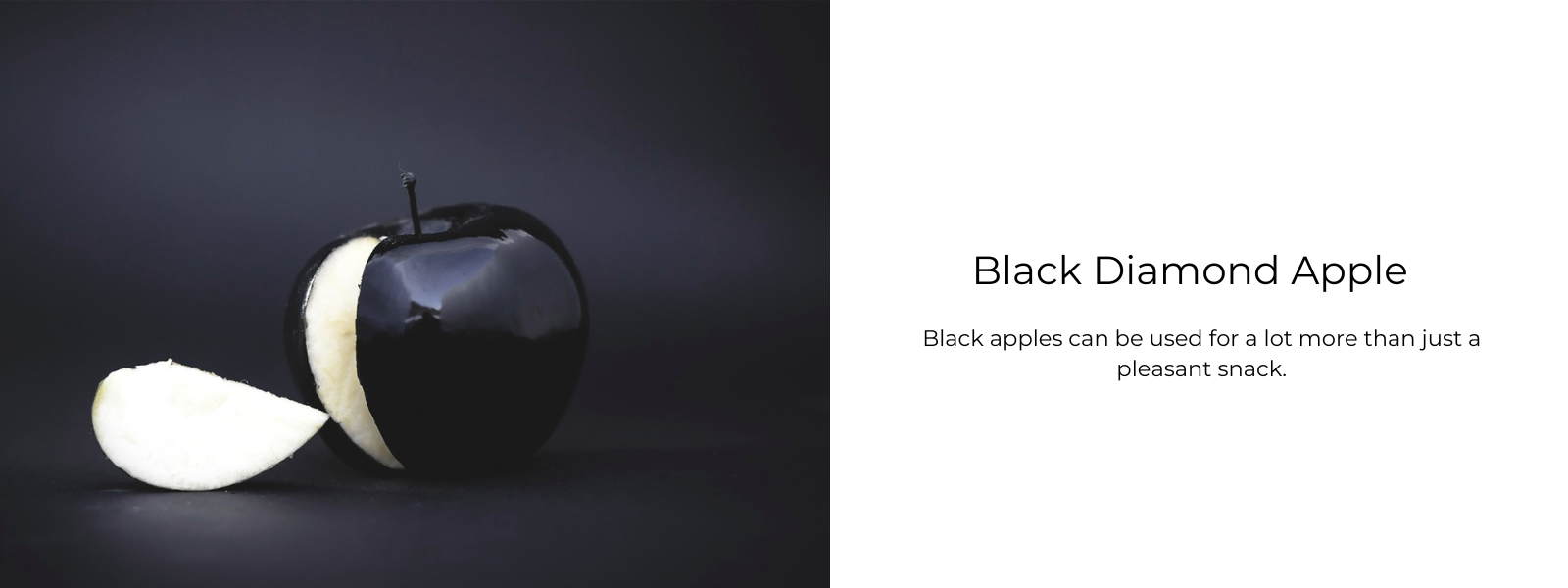

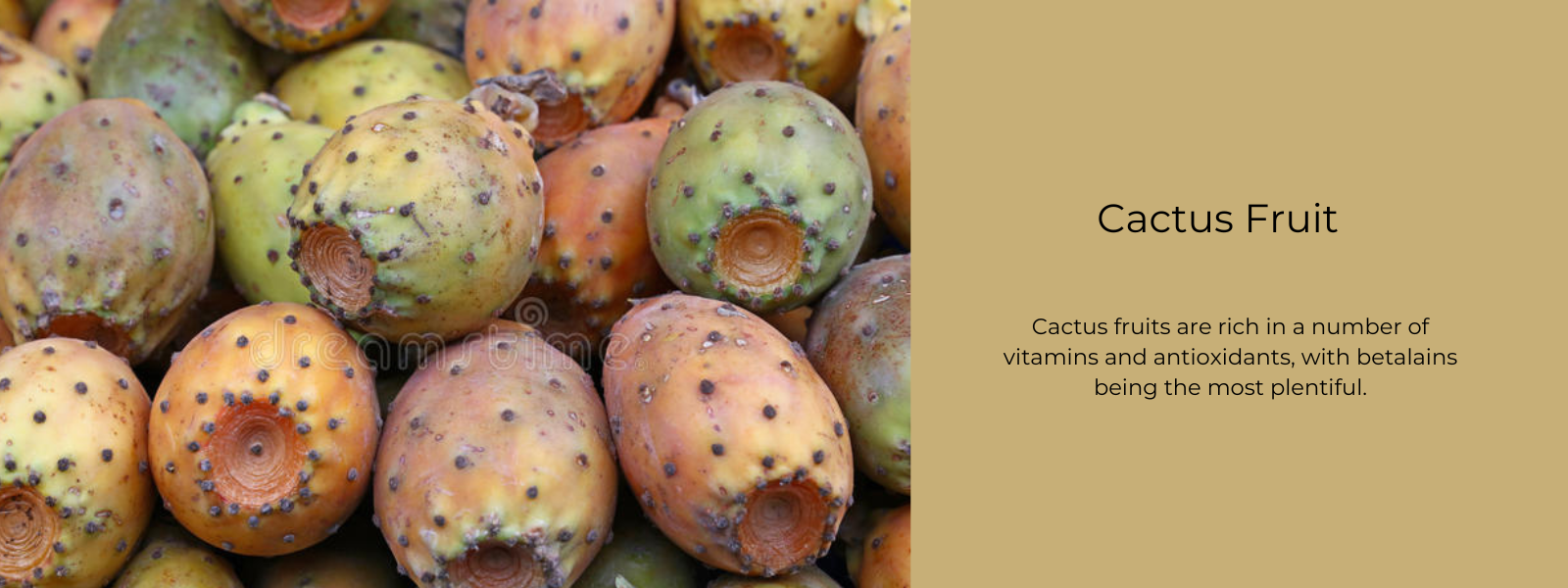
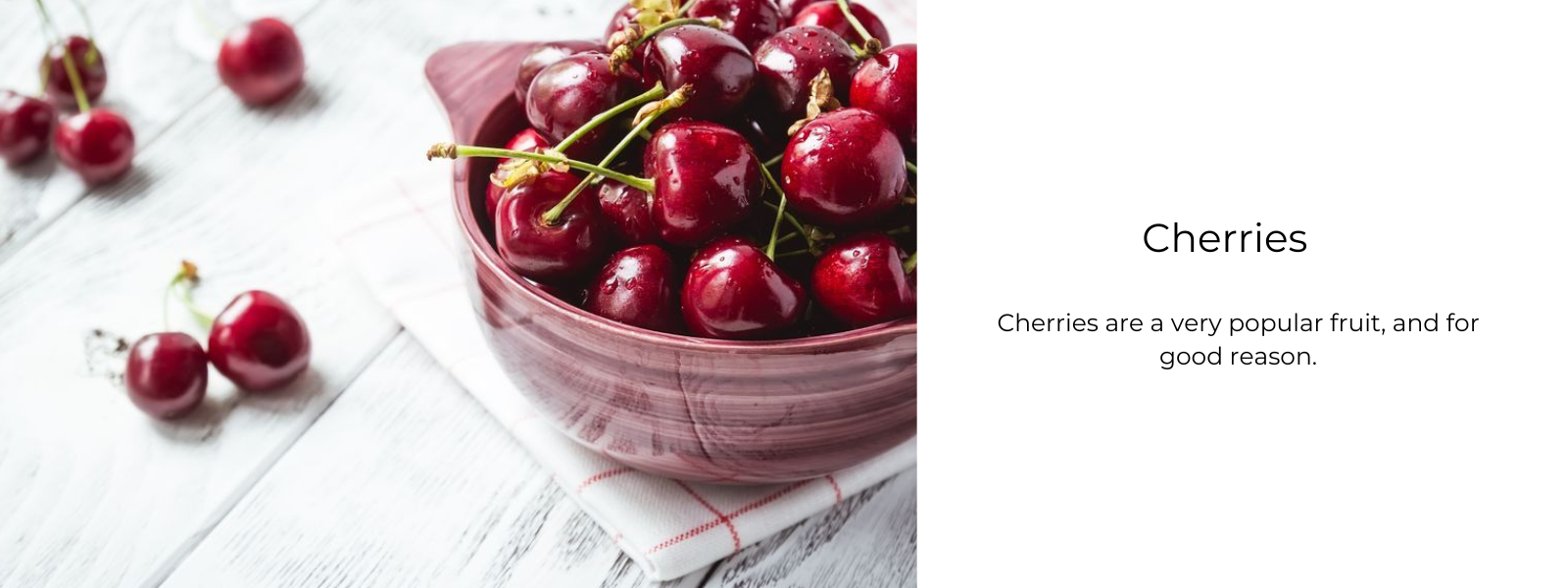
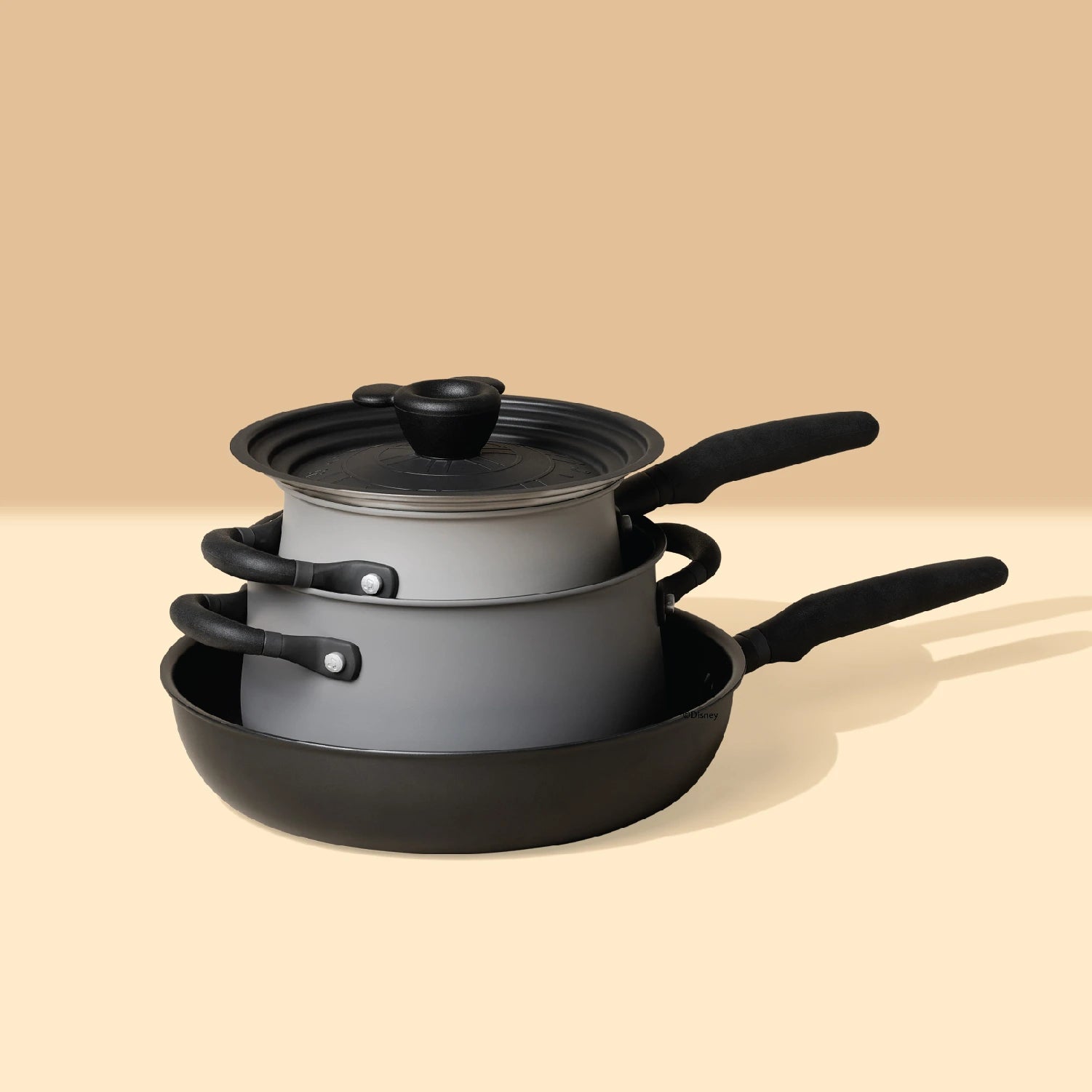
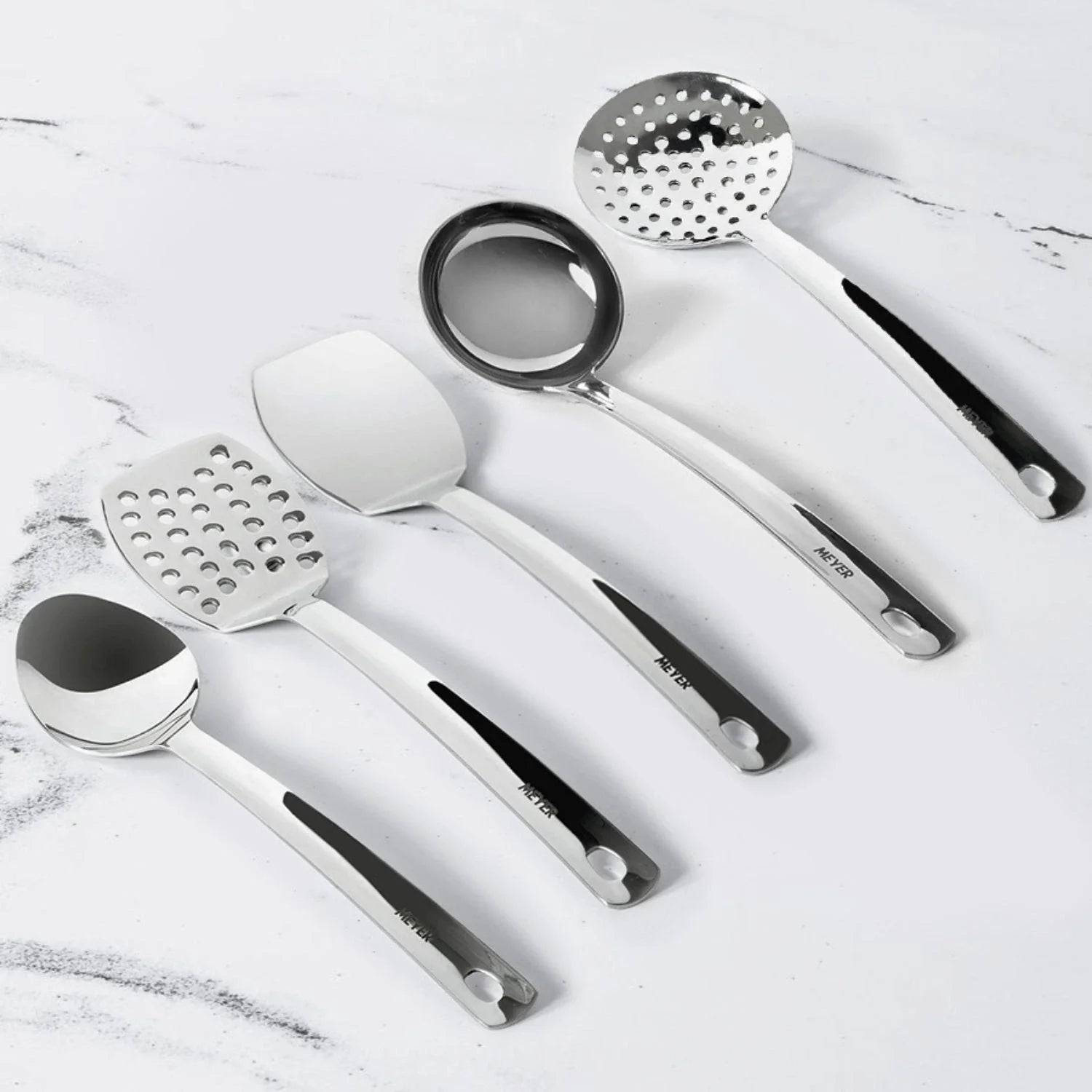




Leave a comment